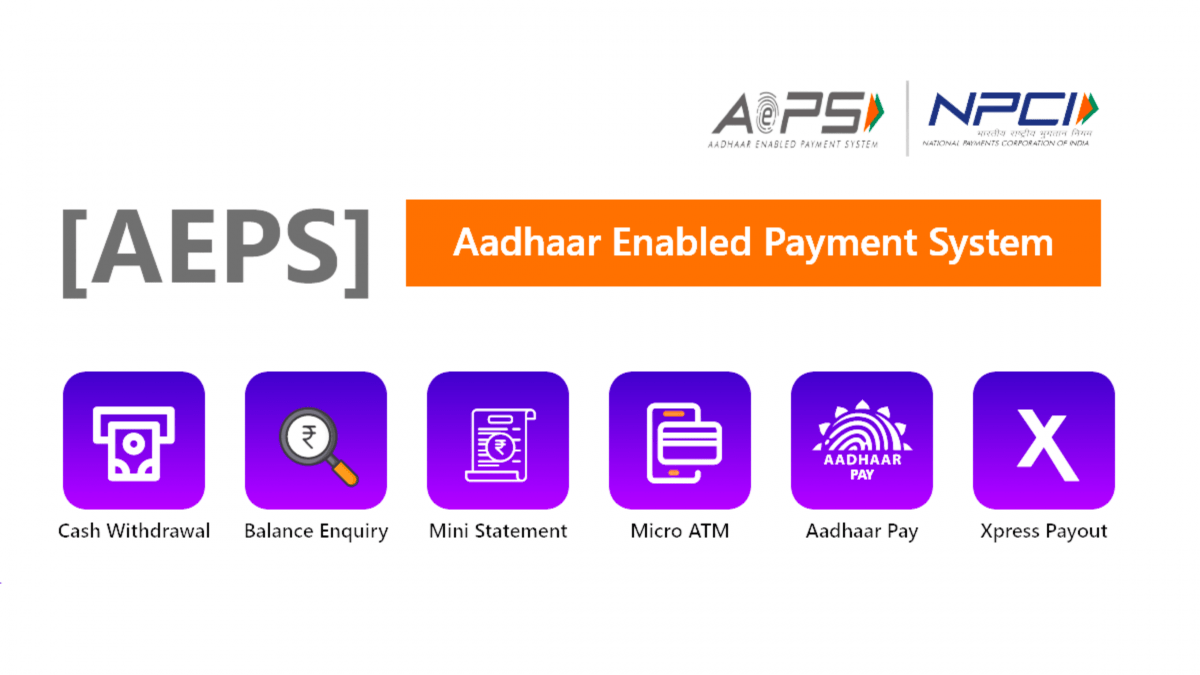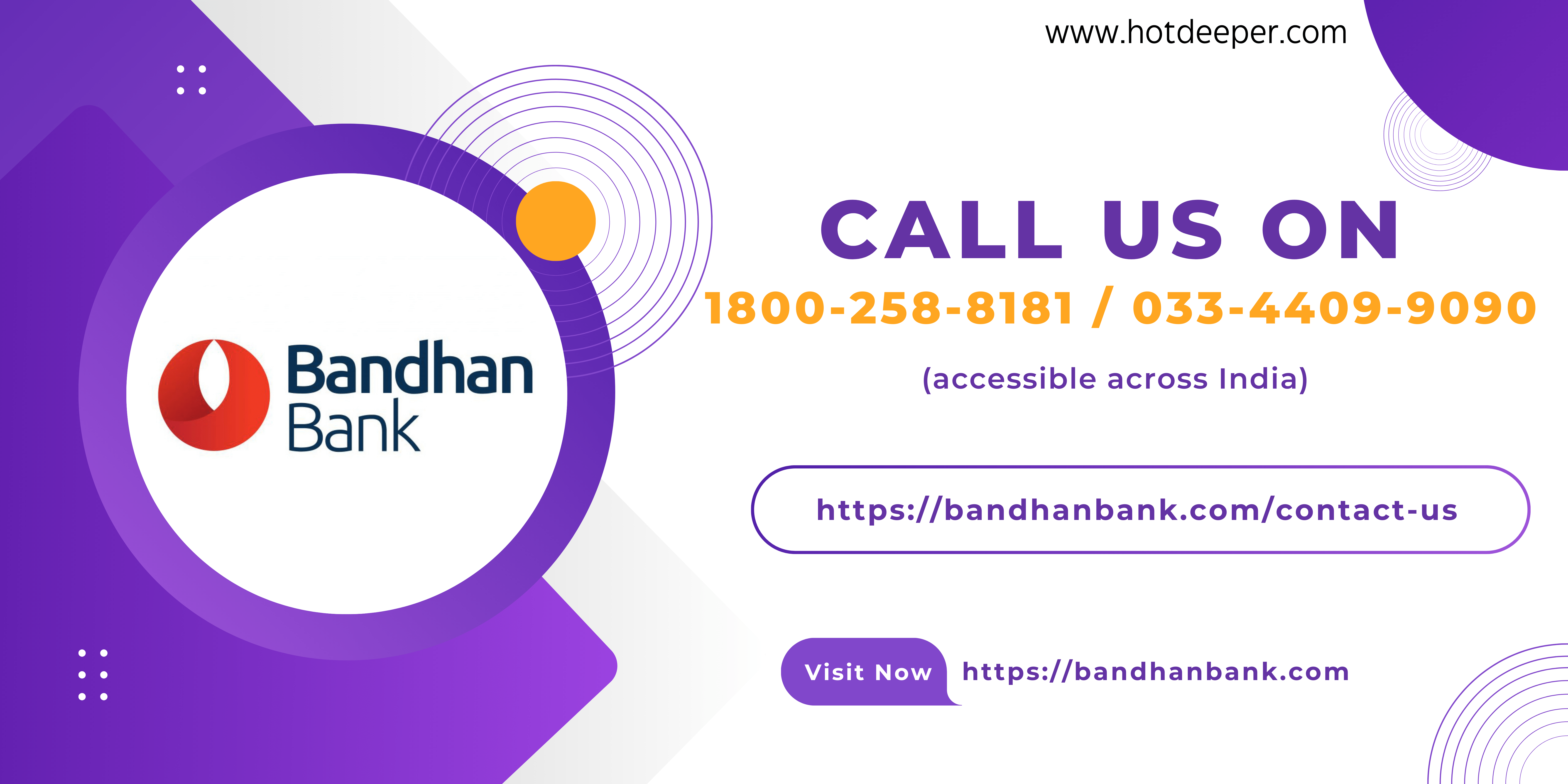
Background
A foundation to deliver convenience of formal banking transactions to every
Indian citizen.
India began a journey towards a unified identity system for its citizens under the
Unique Identification Authority of India (UIDAI). The UID number or ‘Aadhaar’ provided
a portable proof of identity that could be verified through authentication, anytime,
anywhere, and is being used to ensure that residents can have targeted delivery of
financial and other subsidies, benefits and services, wherever they are across the
country.
To further fast-track financial inclusion in the country, two working groups were
constituted by RBI on Micro ATM standards and Central Infrastructure and
Connectivity for Aadhaar based financial inclusion transactions. The Micro ATM
standards allowed for the financial transactions using aadhaar authentication, while
adhering to the encryption and security standards of the Aadhaar ecosystem.
Aadhaar authentication is designed to make life simpler for Indians as it is meant to be
a convenient system to prove one’s identity without having to provide identity proof
documents whenever a resident seeks a service. Aadhaar authentication is the
process wherein, Aadhaar number along with the Aadhaar holder’s personal identity
data such as biometric/demographic information is submitted to UIDAI (Central
Identities Data Repository – CIDR) for matching, following which the UIDAI verifies it
basis a match with the Aadhaar holder’s information. UIDAI confirms either proof of
identity or verifies the information provided by the resident based on the data available
at the time of authentication. Aadhaar authentication service, in this scenario, responds
only with a “Yes / No”.
In order to facilitate the financial inclusion objectives of the Government of India
leveraging Aadhaar authentication through the Business Correspondent channel,
NPCI has developed the Aadhaar enabled Payment System (AePS).
The Aadhaar authentication system supports the following authentication types:
- Biometric Matching – a. Finger Print authentication b. IRIS authentication c. Face
authentication - Demographic matching
- Additional features such as One-Time-Password (OTP)
Introduction
Introduction to the NPCI AePS solution
The Aadhaar Enabled Payment System (AePS) is a bank-led model developed by
NPCI, which allows online transactions at Micro ATM/Kiosk/mobile devices through the
authorised Business Correspondent (BC) of any bank using Aadhaar authentication.
This solution has been designed by NPCI to handle various kinds of service requests
effectively by enabling an authentication gateway for all Aadhaar linked account
holders.
Any resident of India having an Aadhaar number linked to a bank account – referred to
as an Aadhaar Enabled Bank Account (AEBA) – can utilise the AePS service.
Bank customers with an Aadhaar enabled bank account can use the AePS solution for
banking transactions as listed below:
- Balance Enquiry
- Cash Withdrawal
- Cash Deposit
- Aadhaar to Aadhaar Fund Transfer
- Mini Statement
- Purchase
- Self-Help Group (SHG) Transaction
The NPCI AePS solution can be accessed at any biometric-enabled touch-point via
Micro ATMs, which may be all-in-one integrated devices, or mobiles /PCs/tablets, with
accessories that meet technical specifications defined by UIDAI.
What a customer requires to do an AePS transaction
- Aadhaar Number/Virtual ID
- Bank Name/IIN
- Biometric captured during their enrollment
- Transaction Type (If needed)
AePS also enables Aadhaar seeding status check for Direct Benefit Transfer
beneficiaries to receive DBT, Social Security Pension or government subsidies.
NPCI has designed AePS to be accessible and flexible.
AePS enables easy online transactions through multiple authorised channels, to
improve accessibility to underserved:
1) Through a bank’s Business Correspondent:
Business Correspondents are authorized (by banks) entities who represent the bank
and who have Micro ATM devices to facilitate customer transactions.
2) ‘BHIM Aadhaar Pay’ at merchant locations:
A purchase transaction under AePS where any merchants can accept payments using
Aadhaar number/VID and biometrics of the customer.
Aadhaar Authentication
In any Aadhaar enabled financial transaction, a customer is required to provide personal Aadhaar number/ Virtual ID and biometrics on the Micro ATM managed by a BC to prove identity and get authenticated by the UIDAI. A transaction will be sent to the authorised bank (whether intra or inter-bank) when the Aadhaar authentication is successful.
Aadhaar enabled inter-bank transactions
In the case of inter-bank transactions, requests will be initiated from the BC terminal and the issuer bank will get a request with authentication confirmation, once the customer’s Aadhaar/VID has been authenticated with UIDAI. In the case of interbank transactions, the customer has to provide Aadhaar number/Virtual ID, Issuer bank name (IIN), Type of transaction, value (if it is a financial transaction) and biometric authentication.
Business Uses
Business uses of the AePS service
1) Allows bank customers to use Aadhaar number/Virtual Identity to access their
Aadhaar enabled bank account and make basic banking transactions.
2) Facilitates interoperability across Banks/Entities in a safe and secure manner.
3) Enables eKYC Services1
a. A resident of India can open a bank account with any bank, any location
using Aadhaar as a Proof of Identity and Proof of Address.
b. AePS provides a real-time electronic KYC platform to all Banks/non-bank
entities in India which can help them in meeting their customer KYC needs.
c. Provides a cost-effective, safe, and secure means of paperless KYC to all
Banks/non-bank entities in India which may save a lot of cost and effort related
to storing physical KYC proofs.
4) Facilitates merchant transactions by allowing the merchant to accept the Aadhaar
number/Virtual ID and biometrics of the customer for the purchase of goods and
services through Aadhaar based biometric authentication.
Business Benefits
NPCI AePS solution benefits India at many levels
The AePS service developed by NPCI fulfills a wide range of objectives for all who
participate within its banking and financial system.
For the Government & Regulators: It fulfills the objective of furthering financial inclusion
across India and generate alternative livelihood options of being a Business
Correspondent. It furthers the goal towards cashless transactions with digitisation of
retail payments and establishing an acceptance infrastructure, through BHIM Aadhaar
Pay.
For banks: It enables smooth interoperability among banks and makes paperless KYC
quick and easy. This saves time and money, in addition to addressing the customers
across length ad breath of the country, even where bank branches are not present. It
also reducing the need of creating costly brick and mortar branches.
For a customer: It allows the customer to have doorstep banking and do basic banking
transactions without the need to visit any bank branch, carry cards or remember
PIN/passwords. Further, being an assisted mode transaction, the channel is truly
inclusive for all customers.
For merchants: It allows merchants to accept digital payments in a cost effective and
inclusive way.
Participants
Who can participate in AePS?
Customers:
Customers need to have a valid Aadhaar number through which they can set up an
Aadhaar enabled bank account with an authorised bank and enjoy the AePS service
suite.
Merchants:
Merchants will need to apply to an authorised bank to participate in the AePS network
and receive payments for goods and services delivered from customers within this
system.
Bank:
Banks will need to apply to NPCI / UIDAI and basis the established vetting and
application process, can be permitted to deliver services through AePS.
Regulated Entities & Government Departments
Regulated Entities & Government Departments will need to apply to NPCI / UIDAI and
basis the established vetting and application process, can be permitted to onbaord on
eKYC services.
Use Cases
How to use AePS services?
AePS is designed to seamlessly handle both intra and interbank transactions (Onus/Off-us) requests by enabling an authentication gateway for all Aadhaar linked
account holders. Customers can therefore utilise the AePS service in the following
ways:
1) Remote banking service access
Madhavan lives in a remote village, which is 2 hours travel from the nearest physical
bank branch. He regularly makes cash payments for his family’s needs. However, he
is not able to visit the local bank branch to withdraw cash often or check his balance.
Now, he can do all his basic banking through the AePS service, in assisted mode,
provided by the authorised Business Correspondent in his village using his Aadhaar
details.
2) Money transfer to remote location
Migrant worker Ram who works in a major city and needs to send money back home
to his family in a remote village. He can transfer the money to his family byproviding
his Aadhaar number/Virtual ID, Type of transaction, Value (of financial transaction),
and biometric details along with his mother’s Aadhaar Number.
3) Balance enquiry in remote locations
Hemlata runs a small village handicrafts sourcing business where she buys items from
many women’s groups around the country that have different bank accounts than her
own. As she is often travelling from village to village and doesn’t always have access
to her home bank branch account, she uses the Aadhaar enabled service wherever
she can make a Balance Enquiry, so that she is aware of her receipts and expenditure
as she travels.
4) Cash withdrawal through Business Correspondent
Sarvani is a bright young medical student studying far from her home town. While she
has a scholarship and other education fees already paid in full, she urgently required
cash for some unexpected living expenses. Using the Micro ATM operated by a
business correspondent, she receives the cash from the BC. Her account is debited
using the cash withdrawal service of AePS while withdrawing cash.
5) Cash Deposit using Business Correspondent Micro ATM
Lakhan is a mid-sized orange farmer. During harvest season, when he gets cash from
selling his produce, he deposits the money in his own Aadhaar enabled account using
the local Business Correspondent Micro ATM at the mandi instead of spending his
time travelling to his local bank branch in another town.
6) Aadhaar to Aadhaar fund transfer
Thomas is a metal-works supervisor whose job is in the vicinity of a small city. Every
fortnight, Thomas sends money using a BC-operated Micro ATM near his place of work
to his parents’ Aadhaar enabled account in his hometown location.
7) Tracking transactions with a Mini Statement
Nowroj has a bakery for bread and biscuits near a major Tier 2 city. He doesn’t yet
have a smartphone to check the transactions. Instead of going to a bank in that city, to
check on his transaction history, he simply uses a nearby BC to know his last few
transactions using a mini statement request.
8) Cashless merchant payments with BHIM Aadhaar Pay
Altaf runs a small kirana shop. He can use the purchase function of BHIM Aadhaar
Pay to receive payments from his customers and not worry about change or keeping
cash in his shop. His customers are also happy as the transaction is quick and they
don’t have to worry about notes acceptance and exact change. Altaf appreciates the
convenience of the BHIM Aadhaar Pay (purchase) transaction.
9) Self Help Group (SHG) banking
Laxmibai leads a condiments packing self-help group of 12 women members from her
village. The SHG often needs to pay vendors for the raw materials used in their
products, share profits with members and also check on payments from buyers in the
SHG bank account. Normally, she would need to take a bus, and travel with a comember from her SHG, to make these transactions at a nearby local bank branch.
However, since SHG appointed her and the other member as authorised signatories
for the account, they can now use the dual authentication services offered under AePS,
from their village itself. This helps her save valuable time and the cost of travel to a
bank branch in a nearby town.
Acts
1) Aadhaar Act 2016: An Act to provide for, as good governance, efficient, transparent,
and targeted delivery of subsidies, benefits and services, the expenditure for which is
incurred from the Consolidated Fund of India, to individuals residing in India through
assigning of unique identity numbers to such individuals and for matters connected
therewith or incidental thereto.
2) Section 7 of the Aadhaar Act 2016 (Targeted Delivery of Financial and other
Subsidies, Benefits and Services) outlines that welfare schemes funded from the
consolidated fund of India shall be availed using Authentication (Aadhaar shall be used
as the mode of Authentication) in such a manner so as the benefits reach the deserving
and is not siphoned away by middle men. Provided that if an Aadhaar number is not
assigned to an individual, the individual shall be offered alternate and viable means of
identification for delivery of the subsidy, benefit or service.
Source: https://www.npci.org.in/what-we-do/aeps/product-overview





